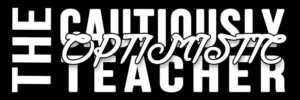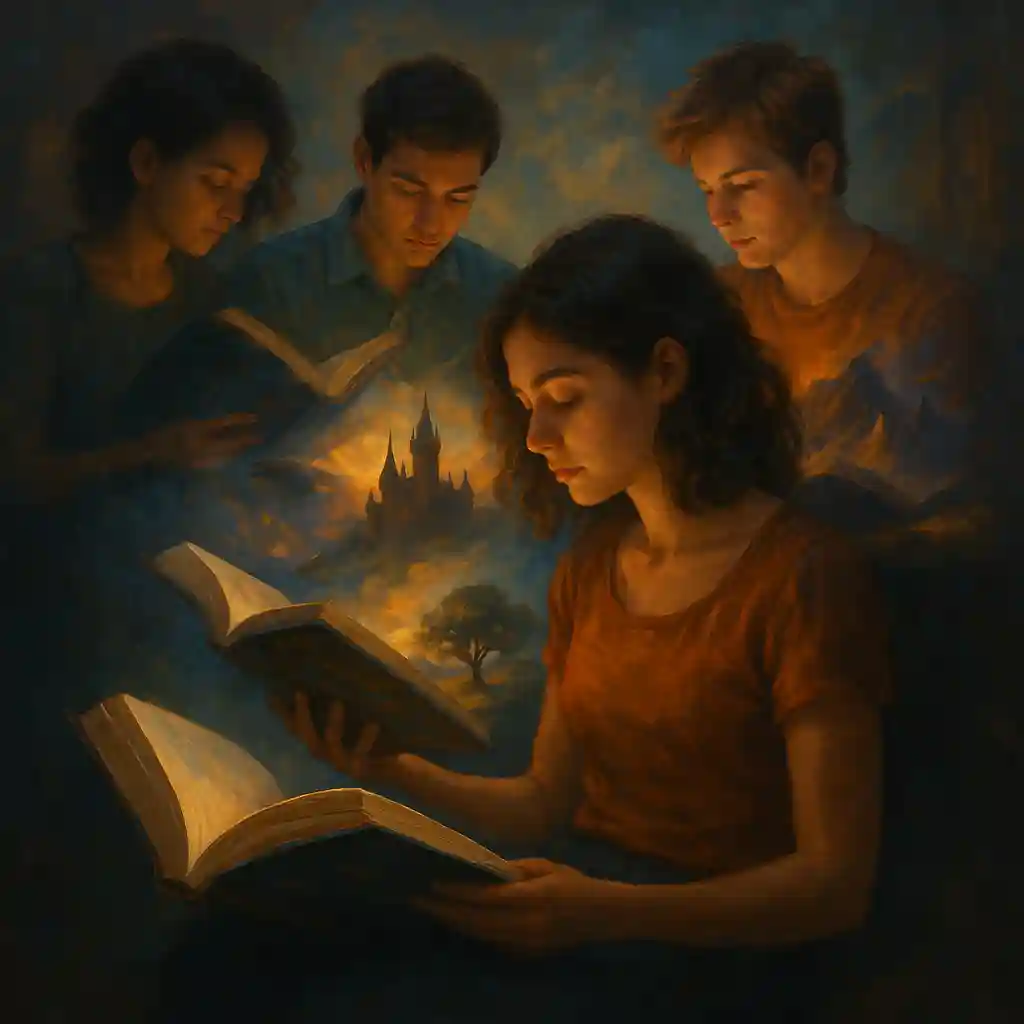Today marks the start of our novel study — one of the most exciting and rewarding parts of the English program! This is where students get to dive deep into storytelling, character development, and themes while building their own interpretations and connections. We’ll begin class with a short grammar quiz to keep skills sharp, then move into an introduction to how novel studies work. Whether you’re leading one class novel or multiple small-group literature circles, this lesson sets the stage for meaningful reading and discussion.
Imperative and Interrogative Verbs Quiz
Start with a quick quiz to review imperative and interrogative verbs. This helps keep students focused on language use before shifting into reading mode.
Introducing the Novel Study
Now that students have warmed up, it’s time to introduce the novel study. Explain to students that the next several weeks will focus on developing deeper reading skills — analyzing characters, exploring literary themes, and learning to discuss and write about novels critically.
If you prefer that your class reads one novel together, you can use my To Kill a Mockingbird unit or my more challenging Lord of the Flies Unit. This approach works especially well for classes that thrive on collective discussion and shared learning experiences.
If you prefer giving students more choice, stay tuned — the next several lessons will focus on setting up literature circles. These flexible materials will work with any novel your students select, making them ideal for differentiated classrooms.
Presenting Book Options for Literature Circles
When introducing book options for literature circles, presentation matters. Make this moment engaging and full of anticipation — after all, choosing a novel should feel like picking an adventure.
Here are a few ways to introduce book choices:
Book Talks: Give a short, dramatic summary of each novel without spoiling key moments.
Mystery Bags: Wrap each book in paper with a few intriguing clues about its content written on the outside.
Trailer Viewing: Play short book trailers or show video summaries to spark interest.
Reading Stations: Set up tables with a few sample books and have students rotate, reading the back covers and first pages.
After the presentations, have students rank their top choices. You can then group students based on their preferences and reading levels, creating literature circles that are both balanced and enthusiastic.
Closing Thought
Today’s lesson lays the foundation for weeks of rich, authentic reading. By combining structure with choice, you’ll help students take ownership of their learning and see literature as a living conversation rather than just an assignment.

